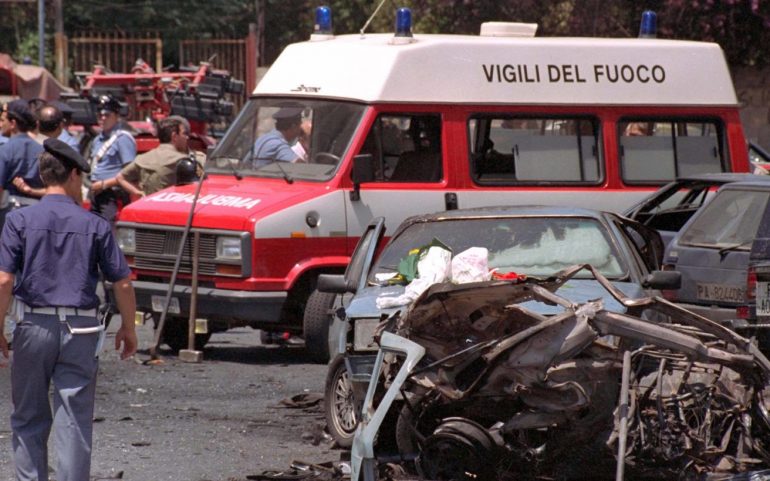In the Basilica of St. Dominic, in the center Palermo, a group of black-clad judges gathered on May 25, 1992 to pay their last respects to Giovanni Falcone, the Mafia crusader who had declared Sicily relentless in organized crime and was now dead.
The very symbol of the institutional battle against Cosa Nostra had spent most of his distinguished career trying to eradicate the cancer of the Sicilian Mafia, counting several emphatic successes in his assets. The first of such extent and the largest, even today. Only two days earlier he had been murdered by the Mafia.
The head of the judicial authorities was now Paolo Borsellino, who at Falcone's funeral functioned as a reference point but also a paternal figure for the happy families of the deceased. He delivered the funeral of the special prosecutor and promised that the judicial system of Palermo would not let his fight get bogged down, intensifying the fight against Cosa Nostra.
What Judge Borsellino did not know at the time was that 57 days later his colleagues would wear their black robes again, this time to mourn him. But also the others that she would necessarily take with him.
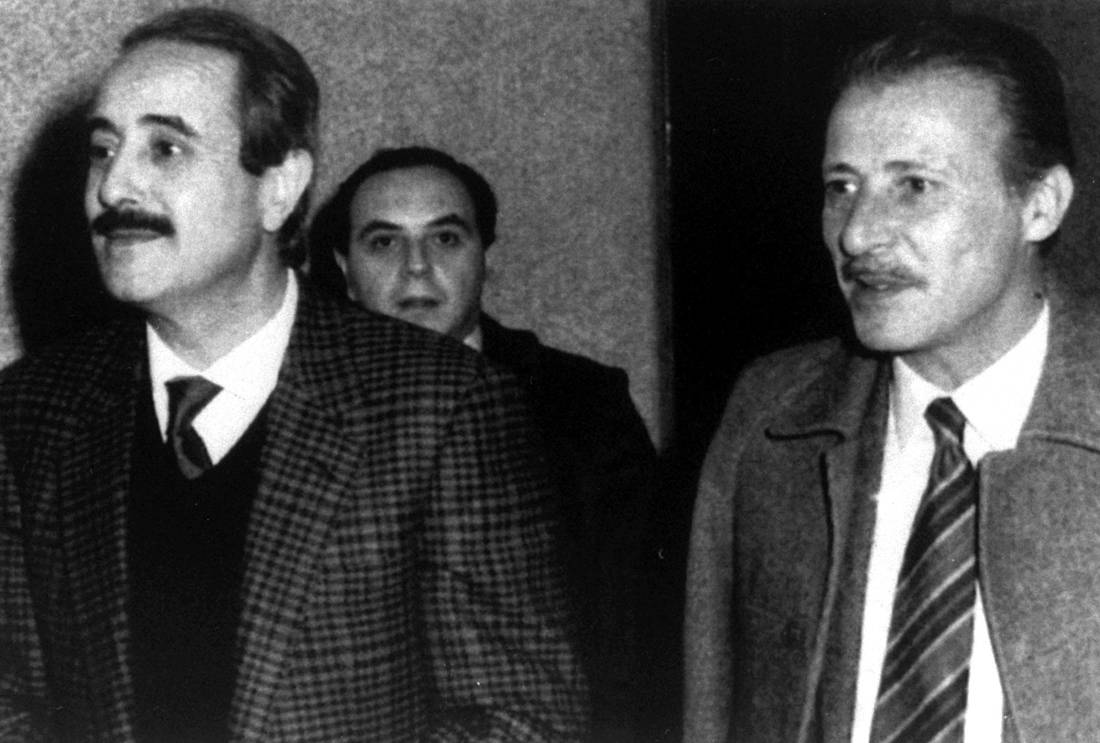
It seemed that the titles would be the end of the institutional fight against organized crime, as the Mafia seemed much stronger than the weak and suspiciously helpless state mechanism. Falcone has been called a "moving corpse" for years by those who knew and swore that he would not take it out clean. The political world had assigned him a suicide mission, only he did nothing to protect him.
As for Borsellino, he was not only his best friend, but also his closest collaborator in the war against the "godmothers" of the Sicilian underworld. When Falcone was forced to hide for a while in a secret military base Sardinia because of the threats to his life, Borsellino went with him. If Falcone was the No. 1 pursuer of the Mafia in Italy, Borsellino was his right hand man. And his short-lived replacement eventually.
Of course, he never believed that he had the mentoring talent of his mentor, nor his judicial skills. Falcone also counted a number of unprecedented successes in this unequal battle, combining good rhetorical, methodical research, but also an appeal to persuade mobsters to cooperate with the judiciary.

They say that Falcone was always smiling and witty, while Borsellino looked more like a tough interrogator. With the exception of Falcone, however, no one knew Cosa Nostra better than Borsellino. No other judge understood the mentality of the Italian fringe and did not have the power to pierce its hard shell Mafia, reaching its core.
But how did Cosa Nostra kill its most famous opponents with such audacity and precision?
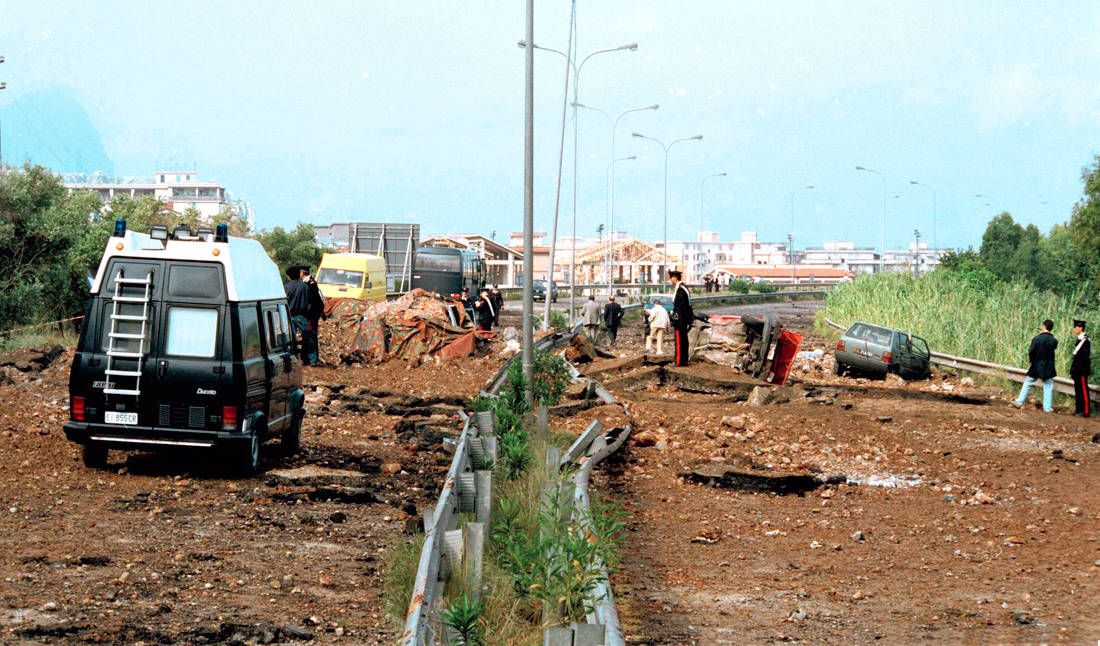
Giovanni Falcone had already dragged many mobsters to the dock since 1986-1987. The legal battle lasted at least until January 1992, brought before the authorities 475 mobsters and achieved the life sentences of many "godmothers", remaining even today the largest Mafia trial in the world.
Although no one believed that Cosa Nostra would sit on the bench, the Supreme Court upheld the convictions, endorsing the country's first decisive blow to organized crime. This series of trials ("Maxiprocesso" was called in Italian) also had a side and very important contribution, as the existence of Cosa Nostra was established and confirmed in court.
Today we know that a death contract for Falcone's murder had already been signed by the "godfather of godfathers", the "boss of bosses" if you prefer, Salvatore "Toto" Riina, clearing some mobsters who were suspected of operating of the prosecutor.

In 1992, Reina could no longer bear the delays and postponements of the murder and authorized his son-in-law Giovanni Brusca to kill Falcone, and in fact in Sicily, on the A29 motorway used by the judge to go from Palermo airport to his home, as a blow that would show everyone that the Sicilian Mafia was not afraid of anything.
Four hundred kilos of explosives were placed in a well under the road and Brusca's men did a lot of rehearsals on how to detonate the explosive device from a moving vehicle. On May 23, 1992, the explosive device was finally activated by remote control from a small building on a nearby hill. Falcone, Francesca's wife and three police officers who accompanied him were killed on the spot. THE explosion in fact it was so severe that it was detected by seismographs.
It is known today that the same night Reina hosted a dinner greeting with champagne the death of the No. 1 Mafia hunter. The Italian Parliament declared the day of the funeral the day of national mourning and all televisions rebroadcast the funeral procession. And then Paolo Borsellino took the reins.
Despite the fact that he tried it with his fingernails and teeth, he was not assigned the case of the murder not only of his best friend, but also of his closest collaborator. Borsellino's new close associate, Police Chief Mario Moti, later proved to have a particularly good relationship with Reina's boss.
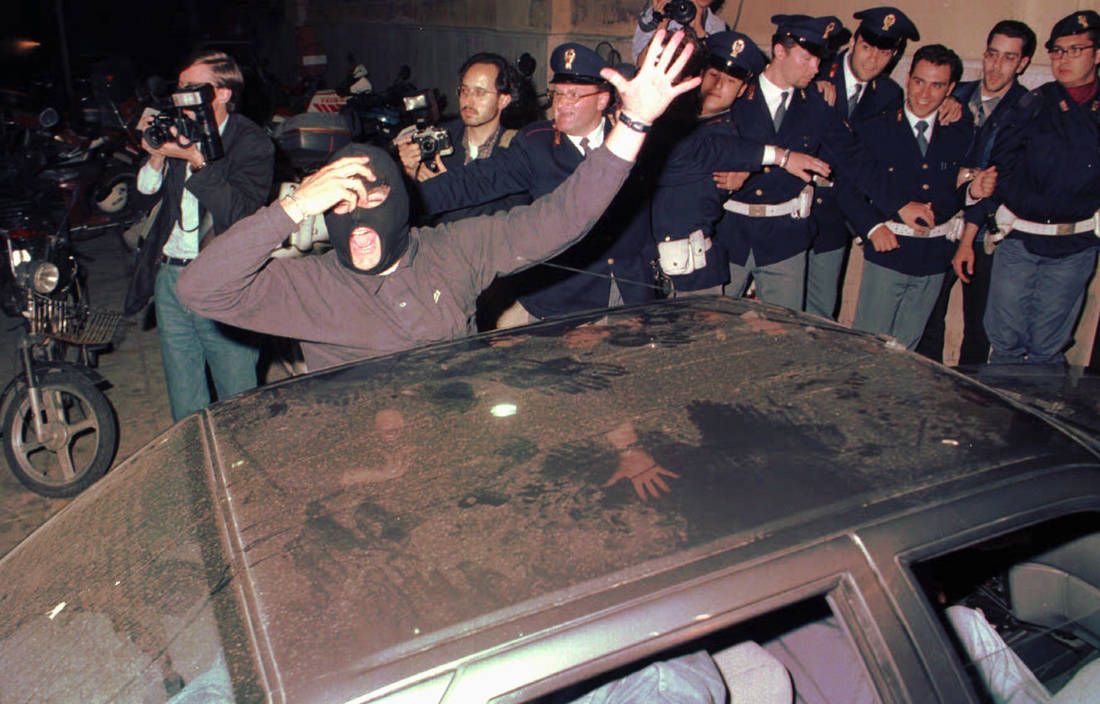
The new specialist prosecutor against the Mafia went to Rome on July 17 to hunt down this time two corrupt government officials who were the ears and eyes of Cosa Nostra in the secret services. Even Borsellino's colleague, Domenico Signorino, also the special prosecutor for organized crime, was found involved in a corruption case with the Mafia, something that broke his heart.
Returning to Palermo on July 19, 1992, Paolo Borsellino was similarly murdered near his mother's house. The new bombing also killed all five police officers who accompanied him.
In his last interview on May 21, 1992, Borsellino revealed that his investigation had revealed strong links between the Cosa Nostra mobsters and the Italian capital.
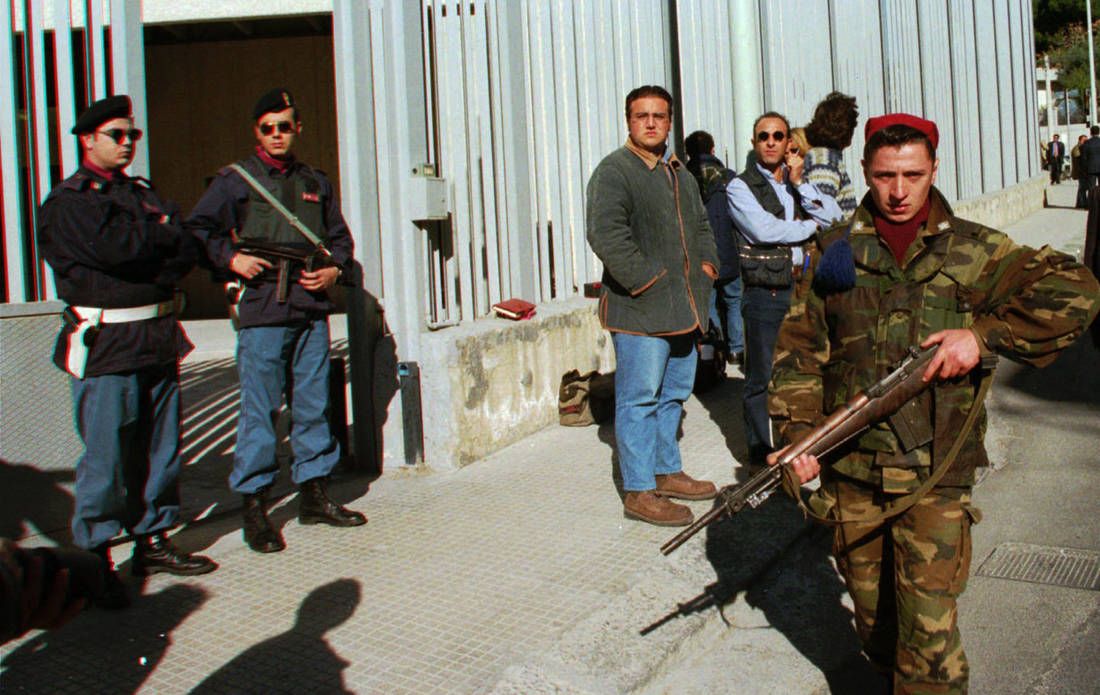
The Mafia clearly demonstrated its dark power by killing two people who were chasing it and had already become popular heroes alive. The state war against Cosa Nostra remained headless and it is certain that the hearts of many returned to its place. After the murder of the two of them, however, Italy could no longer blindly say that there was no problem with the Mafia.
The unfortunate truth, however, was that none of the judges left in the so-called "Antimafia Reservoir," a group of law enforcement officials working closely (on both sides of the Atlantic) to fight Sicilian organized crime, was created in the 1980s. was not of the caliber of the two assassinated special prosecutors. After all, some had already entered the political arena, drastically changing gears.
The double blow was at the same time symbolic, as the Mafia acted in its pre-eminent territory, the heart of Palermo, and once again was not interested in collateral losses. The old Mafia code of ethics, that we do not kill women and children, police and judges, was clearly a thing of the past.
Reina was looking for an emphatic blow and that's exactly what she got. It was once said, say, that the Mafia strikes only when it feels weak or sees its power being threatened by state agencies or rival gangs. However, the ease with which she carried out two almost identical strikes against her main persecutors and the general climate of impunity in which the killers escaped indicated that not only was this not the case, but that the state was virtually powerless against it. .
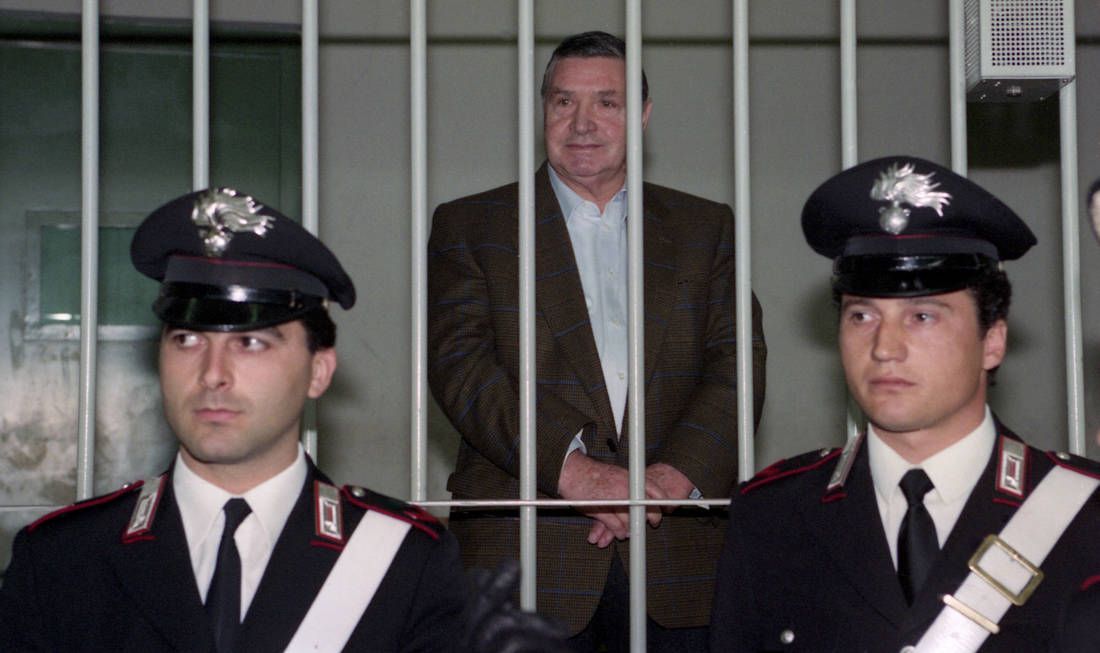
"Double murder is not a challenge to the state," wrote Pino Arlaki, a prominent academic and Mafia expert, at the time, "it is an undisputed victory against the state and its laws." It's a defeat for anyone working for a moral and political renewal of Italy. "
And the murder of the two judges was no small thing. Not that Cosa Nostra had never done it again with high-ranking government officials, but this time the impact was colossal, as we are talking about judges. In its most emphatic blow to date, Cosa Nostra had dared to eat in Palermo General Carlo Alberto Dalla Chiesa himself, the man who had brought the Red Brigades. And she ate him within a few weeks of landing in the Sicilian capital.
Although criticism was leveled at how the authorities handled the killings of the two judges, it was the first time that the Italian state had beaten the Mafia with all its might in response to a double assassination that threatened the favored state itself. At the same time, and most importantly, the Mafia lost its timeless popular support, as the people were disgusted by the blows and recognized that organized crime is a cancer among them. It was indeed the beginning of the end for Cosa Nostra as we knew it.
The "godfather of godmothers" was arrested in January 1993 and spent the rest of his life (until 2017) behind bars. And they caught him especially for the murder of Falcone and Borsellino, although this was ultimately just a footnote in the long indictment. But Giovanni Brusca, his son-in-law, was also convicted of the murder of a judge. He finally confessed that he was the one who detonated the explosives on the A29 motorway.

Borsellino's murder remains unsolved to this day, as does the disappearance of his famous "Red Agenda" from the crime scene, his investigative notebook that contained things and things. In an open letter published in "Repubblica" recently, in mid-July 2018, Borsellino's daughter addresses 13 unanswered questions about her father's murder.
Falcone and Borsellino remain symbols of the state in the fight against organized crime. And they remain symbols because the battle is still raging, even without drumbeats, even on the margins of everyday life…
